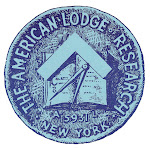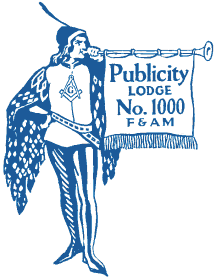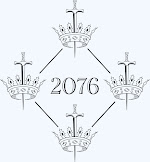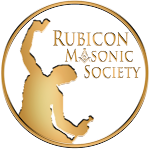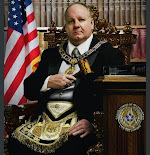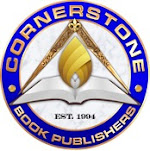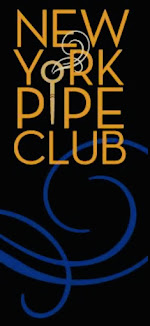 Every day is Plato Day for Magpie Mason readers, but October 13 especially is Plato Day, thanks to the School of Practical Philosophy. From the publicity:
Every day is Plato Day for Magpie Mason readers, but October 13 especially is Plato Day, thanks to the School of Practical Philosophy. From the publicity:Plato’s dialogue “Crito” enables us to listen in on a dramatic conversation in an Athenian jail cell in 399 BC. The great philosopher Socrates’ execution is set for the next day, and his closest friend Crito arrives offering a foolproof plan of escape. The question is can he convince Socrates to flee?
Socrates makes it clear that he will only consent to escape if he can be shown that it is the right thing to do—the just and virtuous course of action. Crito, convinced that he has excellent reasons for escape, eagerly presents them one after another. How does he fare? What does Socrates decide? What is his reasoning?
Join us to discover why Socrates said the “unexamined life is not worth living,” and enter into a conversation involving life’s most important questions. In giving serious consideration to these, you may well discover answers for yourself that will positively impact your daily living.
The day includes an opening presentation, group study sessions, a great Greek lunch, light entertainment, and closing reception. Family and friends are welcome and no prior study of Plato is required.
Fee: $50: includes materials, refreshments, lunch, and wine reception, or $25 for people enrolled in a full-time course of study (i.e. high school, university, etc.)
I enjoyed this discussion one day a couple of years ago, so I’m going to sit this one out, but you should go. Click here to book seat. Enjoy.





